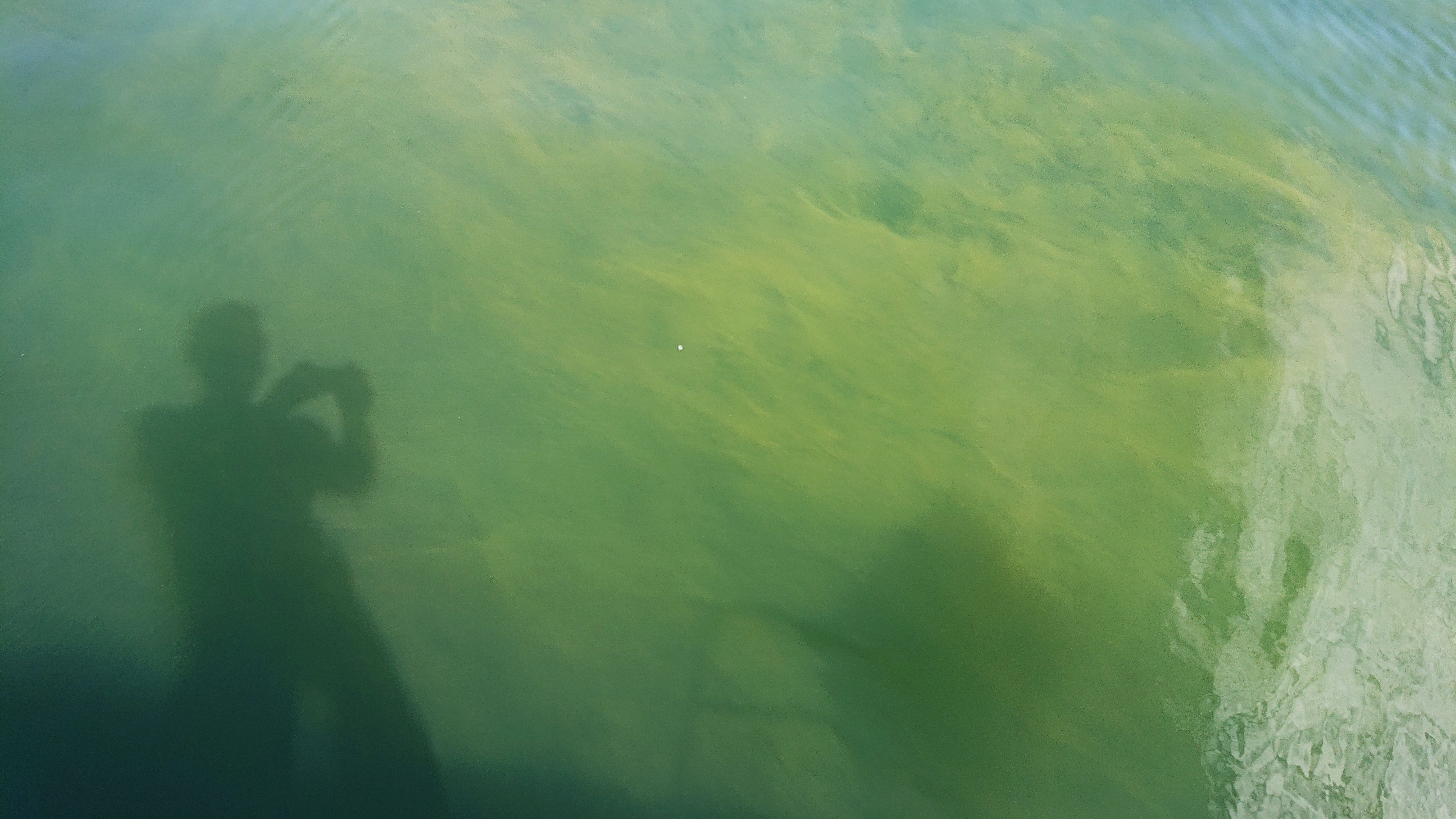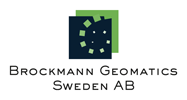InfoBaltic (The Information Office for the Baltic Sea, Stockholm, Sweden):
The blooms of cyanobacteria in the Proper Baltic started very early this year. The main reason is the warm temperatures and calm conditions the whole Baltic region has experienced through May and June. This has favored the growth and reproduction of the cyanobacteria, and accumulations started showing in the south-eastern parts of the pelagic area already at the end of May. They have progressed and expanded since then, which is about a month earlier than normal. Local reports and satellite data show that areas from the east of Denmark and up to Stockholm (Sweden) are in the zone of algal growth in the water mass, and recently satellites reported initial spreading to the Gulf of Finland. Within the area there are multiple accumulations on the surface, and these also occur locally by the coast. The buildups in the south-eastern Baltic and the Hanö-bay (Sweden) have been the primary ones, and have persisted since early June. If the weather conditions proceed as previously, the blooms will continue to grow and could result in problems for coastal areas, especially for animals and for recreational purposes during the summer months. As long as the supply of phosphorous is available for the cyanobacteria, there is no other limitation to their growth period except for the weather conditions. Colder temperatures or winds could decrease the expansion of the blooming zones and mix existing accretions into the water mass.

Saxarefjärden (Stockholm, Sweden) 2018-06-10. Photo: Peter Wittlåck.



